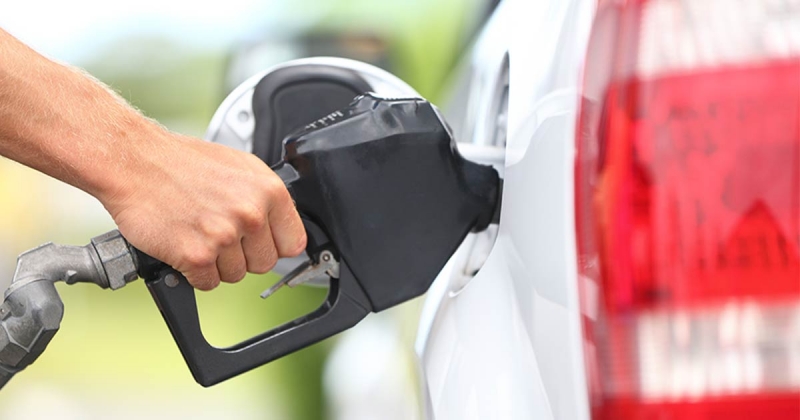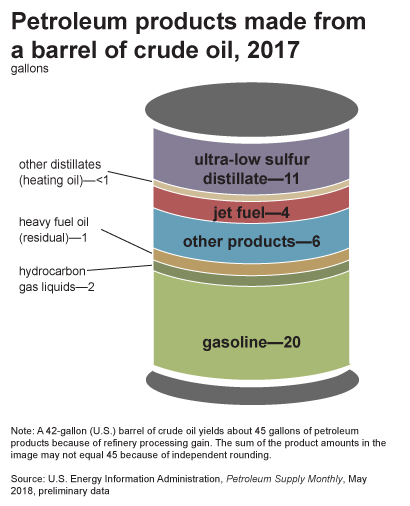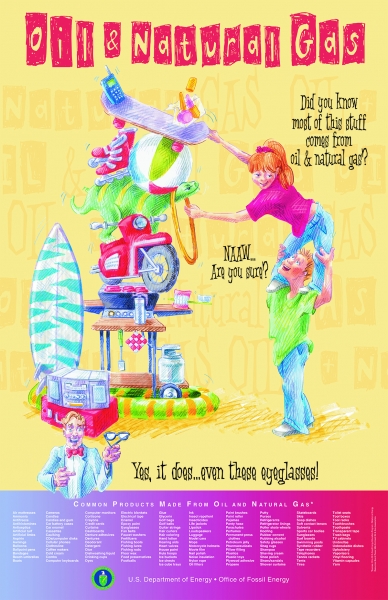Originally published on April 19, 2019.
At NOAA’s Office of Response and Restoration, we respond to oil spills both big and small — from the millions of barrels of oil that spilled into the Gulf of Mexico during the 2010 Deepwater Horizon oil spill, to spills of a few barrels released from minor vessel accidents that happen every month. But oil is entering America’s coasts and waterways on a daily basis through another means of pollution — runoff.

Most ocean pollution begins on land and enters the water as runoff, with high concentrations occurring after heavy rainfall. The most common source of runoff is cars. While a single car may not leak more than a few drops at a time onto the asphalt, if you multiply that by the number of vehicles on the road today it can amount to a pretty big oil spill. The atmospheric and marine pollution produced by vehicles is one reason more people than ever before are choosing to opt for alternative means of transportation — walking, biking, or riding the bus to work each day.
But for some people, these alternatives aren’t quite as feasible. In more rural areas, public transportation may be lacking, and the distance traveled might be too far to bike or walk (particularly during inclement weather). But fear not, there are other ways to reduce your oil consumption without having to trek several miles on foot through blizzard conditions.
 Did you know that a lot of common household items are made from oil and natural gas? From air mattresses, balloons, and combs to toothbrushes, umbrellas, and yarn, many of the products you use throughout the day are either made from oil and gas, or required oil and gas to produce.
Did you know that a lot of common household items are made from oil and natural gas? From air mattresses, balloons, and combs to toothbrushes, umbrellas, and yarn, many of the products you use throughout the day are either made from oil and gas, or required oil and gas to produce.
In this list of common petroleum-made products (image below), you may notice that a lot of these items have something in common — many are made from plastic. Petroleum can be turned into petrochemical feedstock, which is used to manufacture chemicals, synthetic rubber, and plastics. So by reducing your use of plastics, you can also reduce your consumption of oil.
Many of the common products made from oil and natural gas are also items that you put on or in your body — such as nail polish, lipstick, lotion, food preservatives, and vitamin capsules. By increasing your awareness of what products you use, where they come from, and what they’re made of, you can buy fewer petroleum-based products and opt for alternatives with a smaller environmental footprint.
Keeping an eye out for where oil and gas crops up in your daily routine can be challenging due to the many petroleum products and their different names — such as mineral oil, petrolatum, and paraffin. By using this Household Products Database, maintained by the U.S. Department of Health and Human Services, you can find out some of the many names for the various petroleum-based ingredients and what products they’re in before you shop.

Download the PDF “Common Products Made from Oil and Natural Gas” here.
